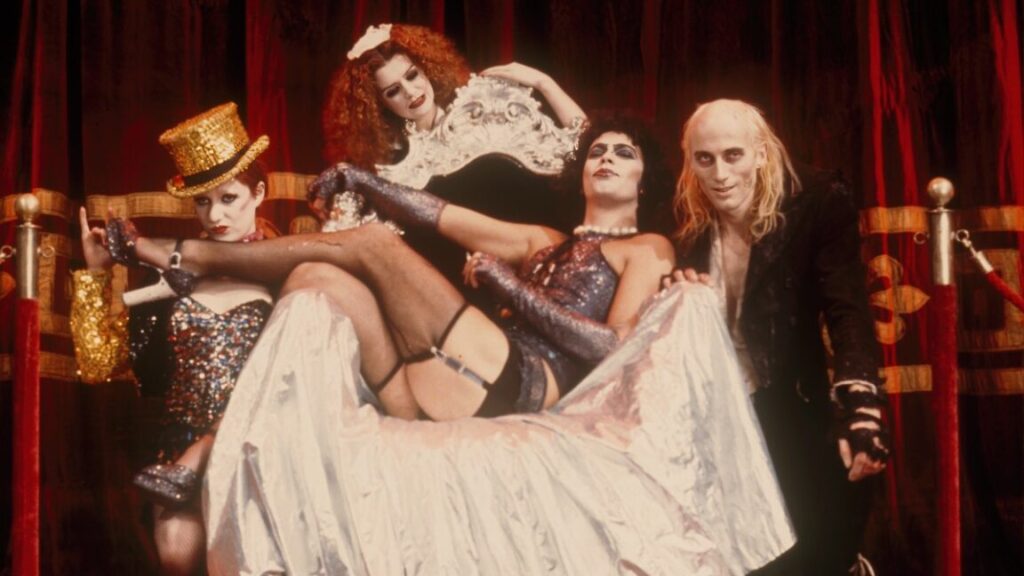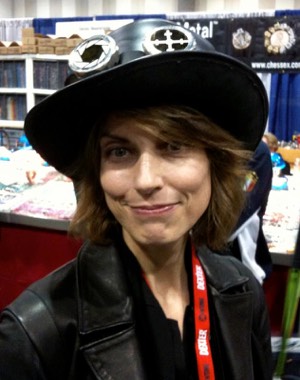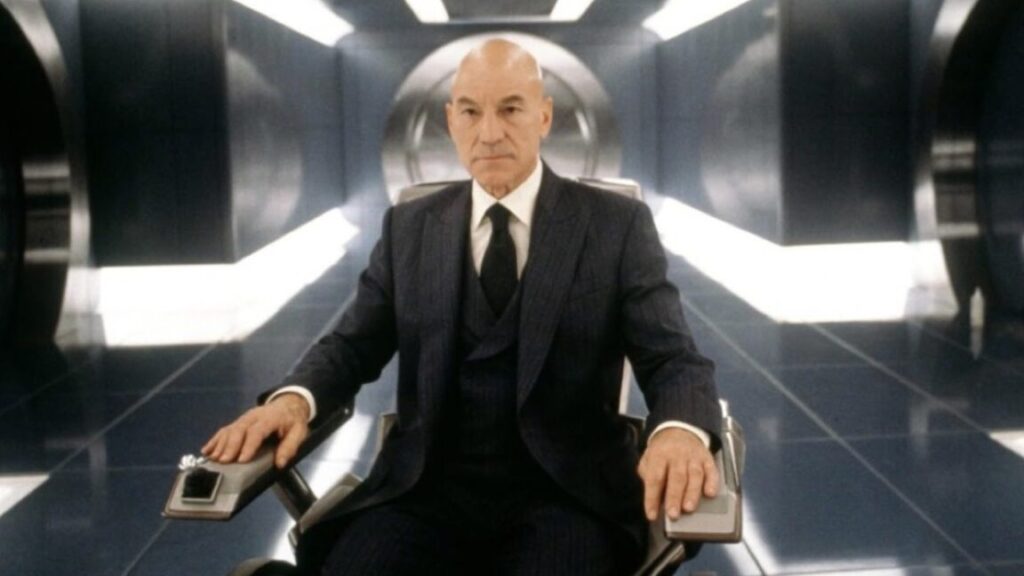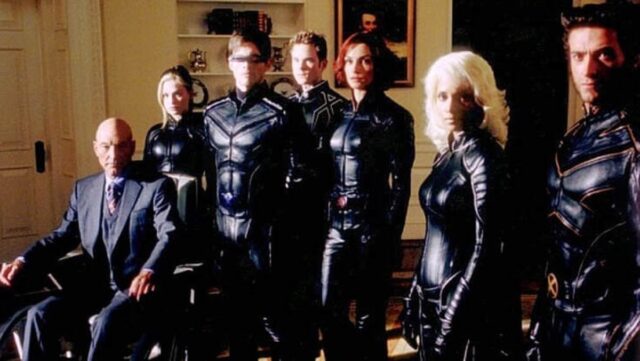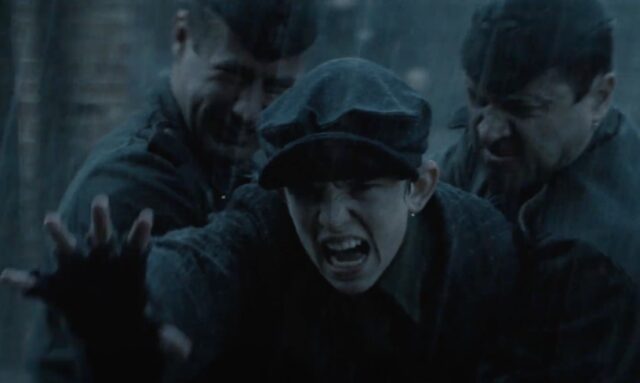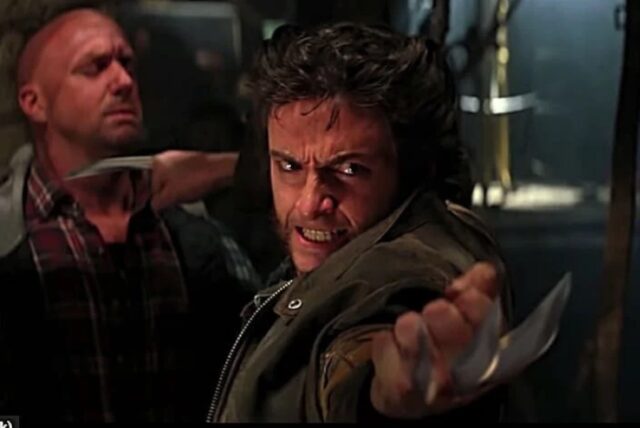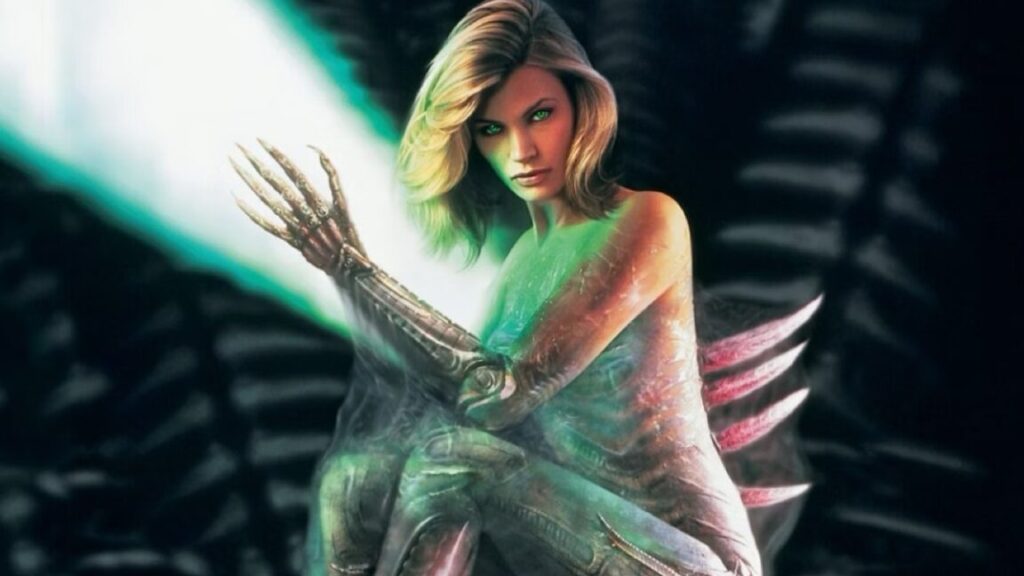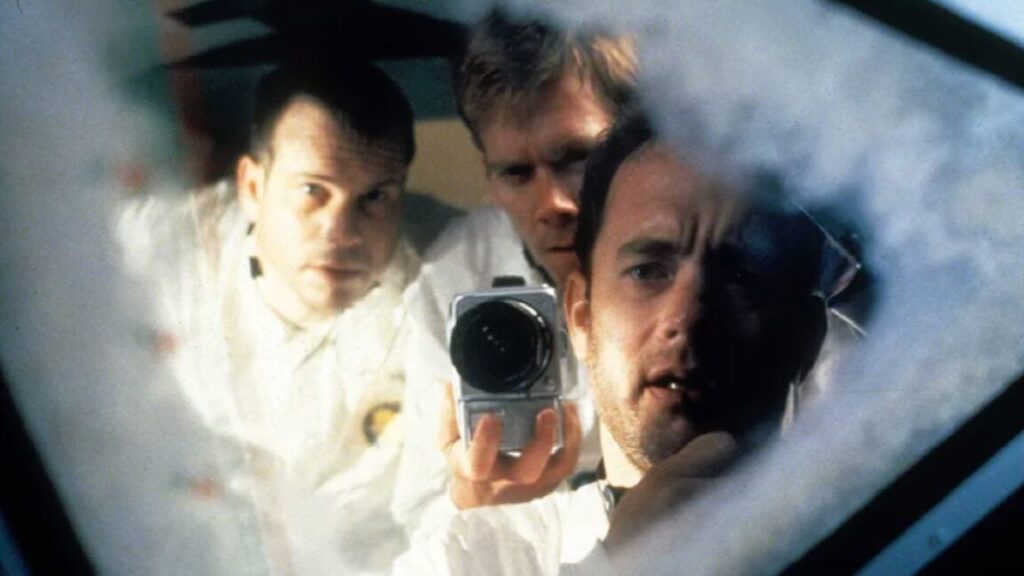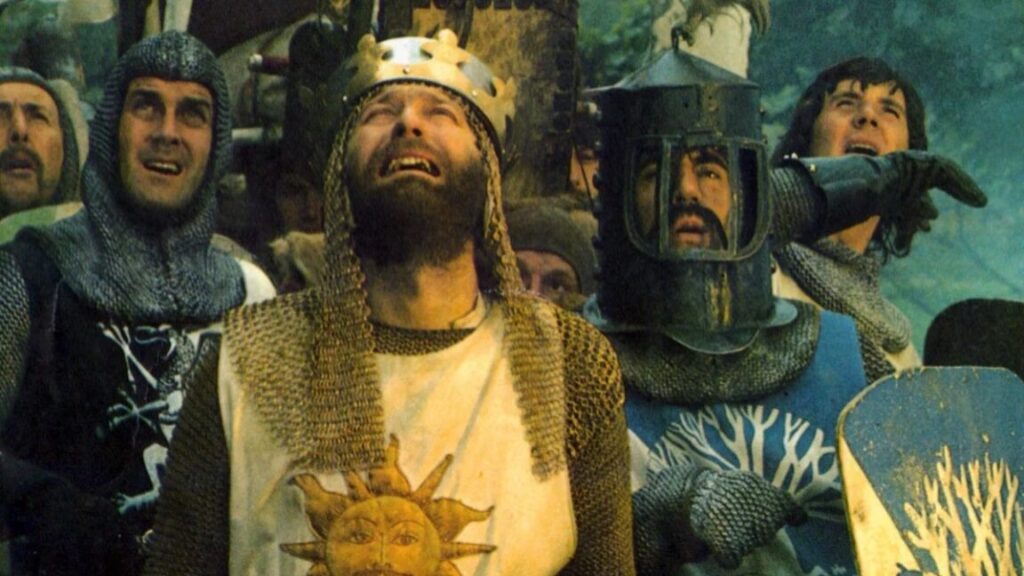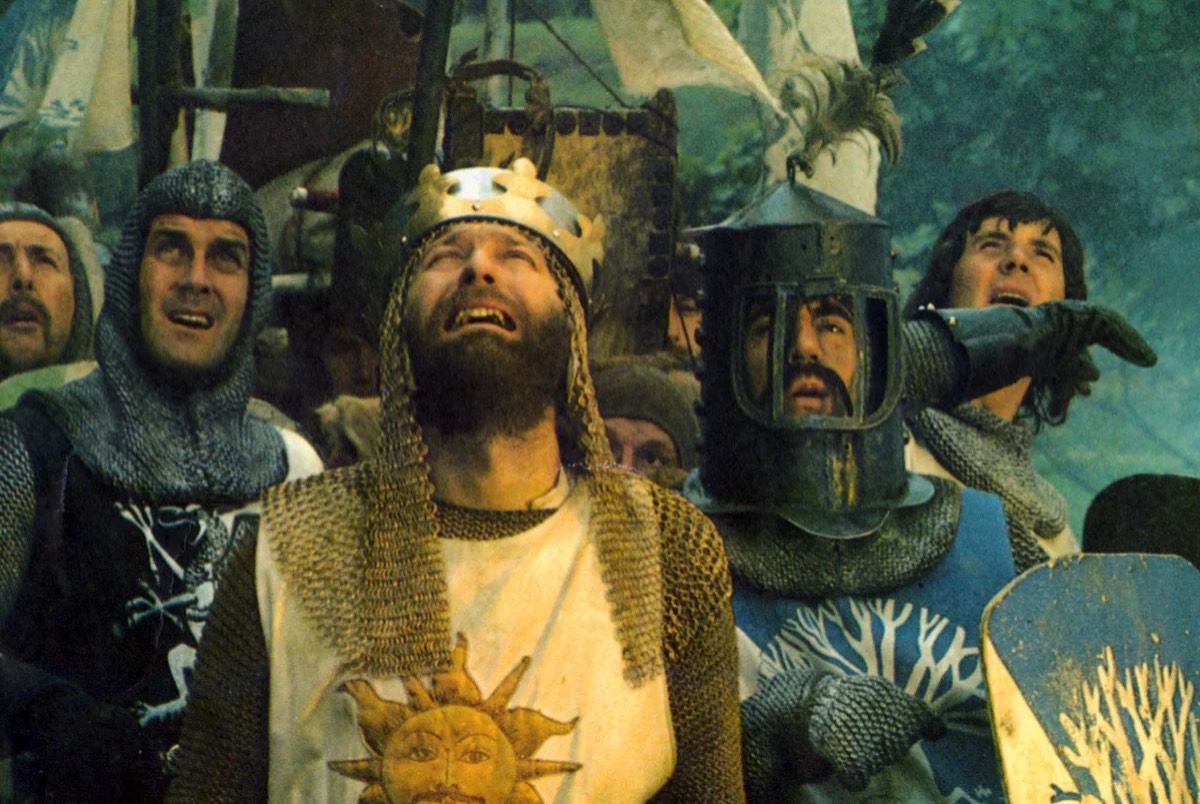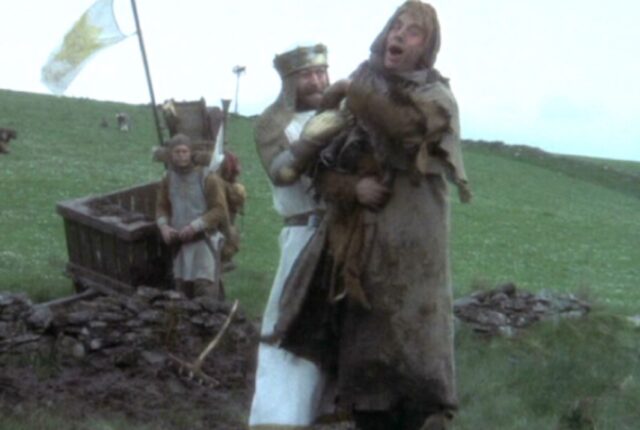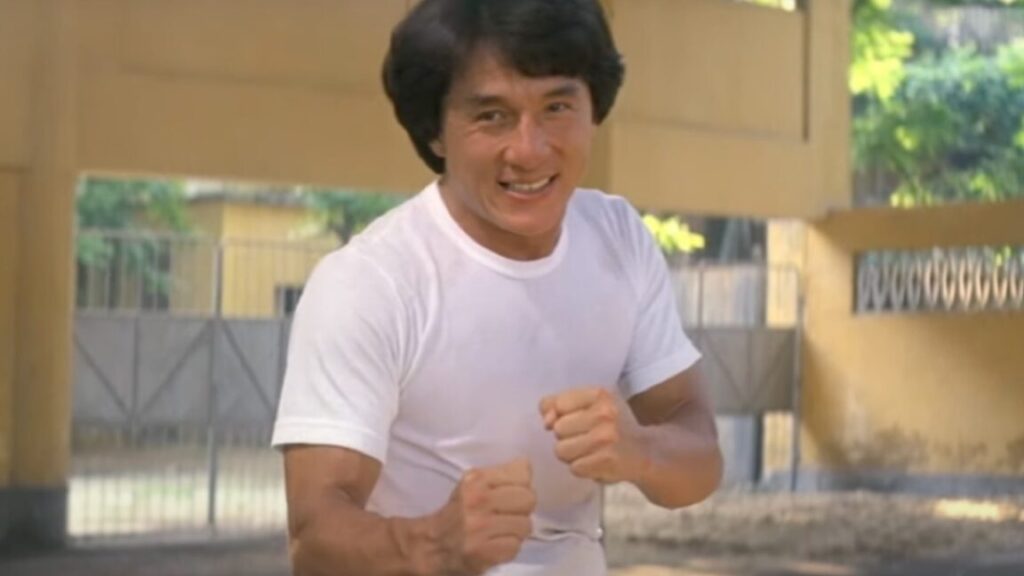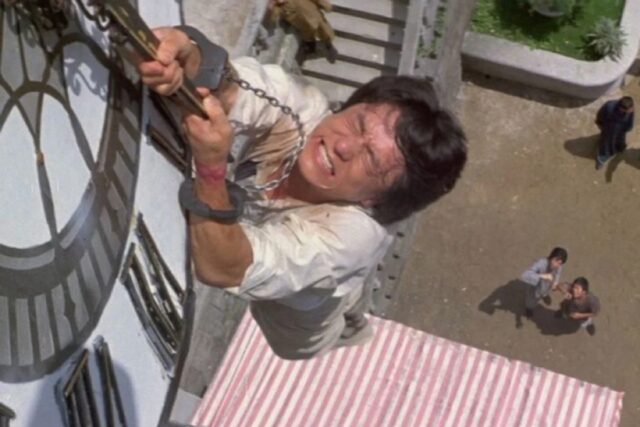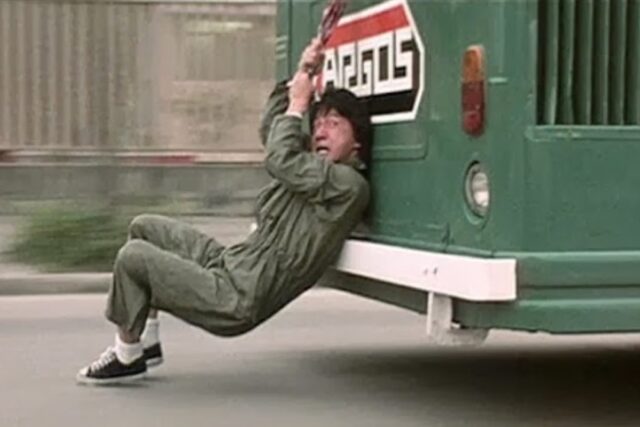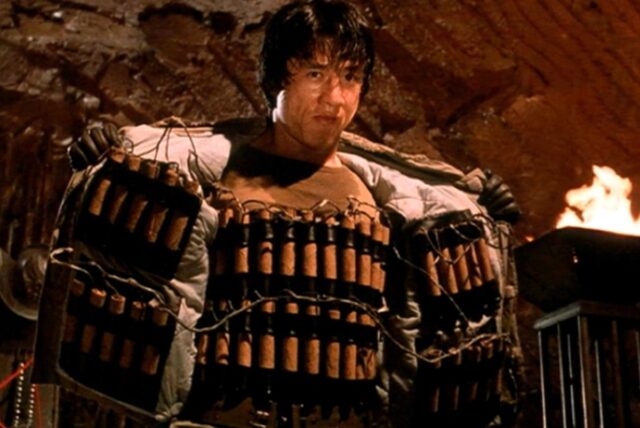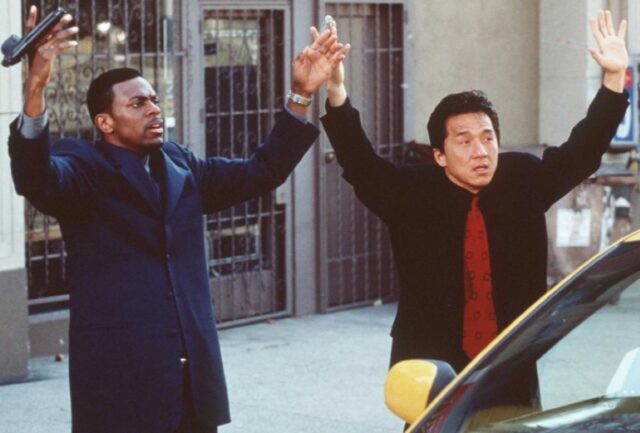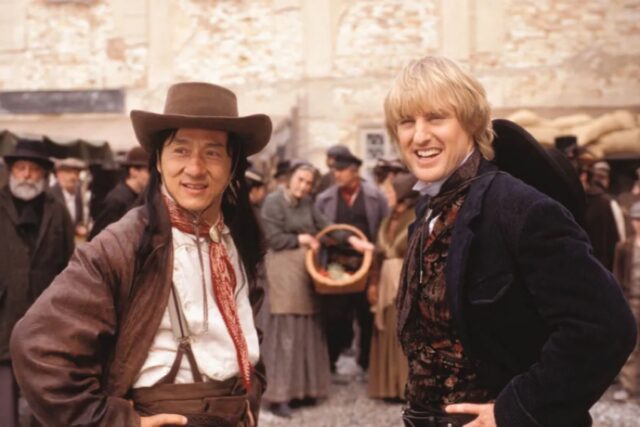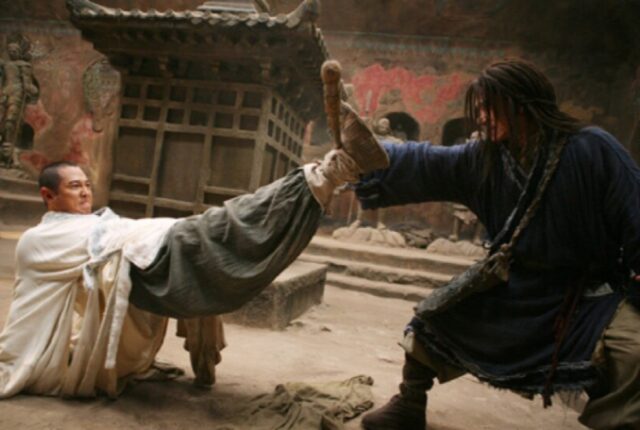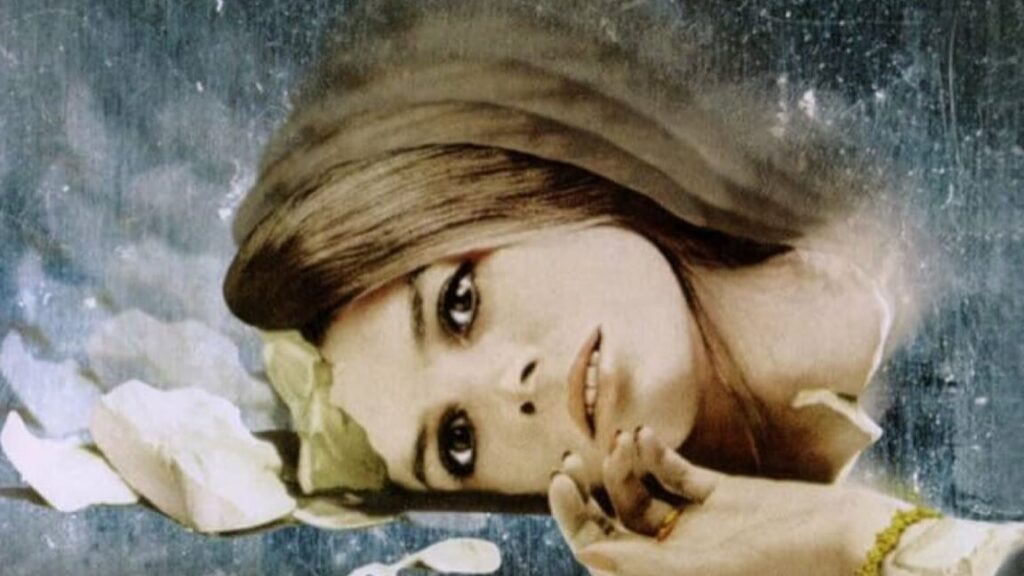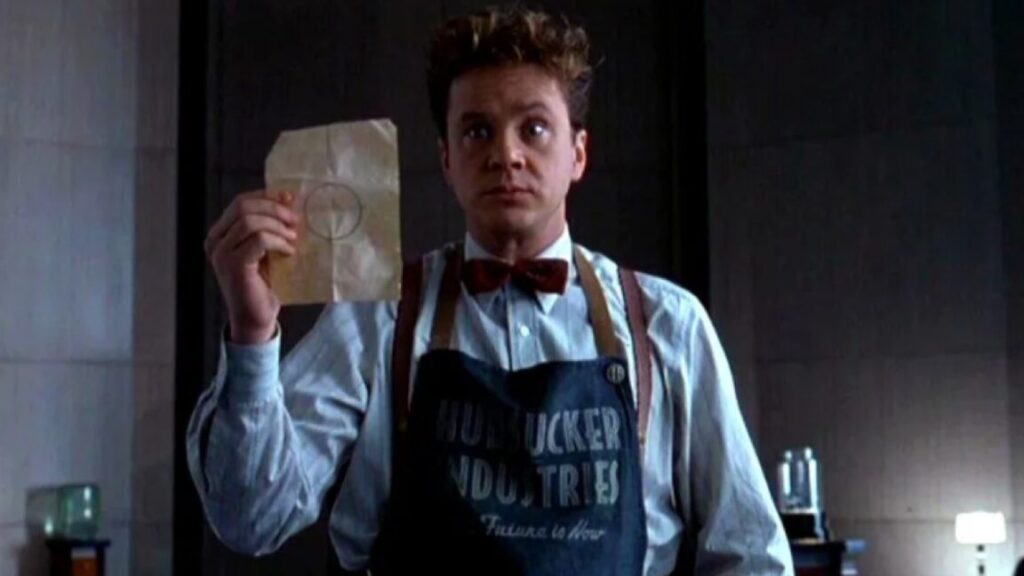Celebrating 50 years of The Rocky Horror Picture Show
hot patootie, bless my soul
“It’s had a profound impact on our culture, especially on people who’ve felt different and marginalized.”
Credit: 20th Century Studios
When The Rocky Horror Picture Show premiered in 1975, no one could have dreamed that it would become the longest-running theatrical release film in history. But that’s what happened. Thanks to a killer soundtrack, campy humor, and a devoted cult following, Rocky Horror is still a mainstay of midnight movie culture. In honor of its 50th anniversary, Disney/20th Century Studios is releasing a newly restored 4K HDR version in October, along with deluxe special editions on DVD and Blu-ray. And the film has inspired not one, but two documentaries marking its five decades of existence: Strange Journey: The Story of Rocky Horror and Sane Inside Insanity: The Phenomenon of Rocky Horror.
(Spoilers below, because it’s been 50 years.)
The film is an adaption of Richard O’Brien‘s 1973 musical for the stage, The Rocky Horror Show. At the time, he was a struggling actor and wrote the musical as an homage to the science fiction and B horror movies he’d loved since a child. In fact, the opening song (“Science Fiction/Double Feature“) makes explicit reference to many of those, including 1951’s The Day the Earth Stood Still, Flash Gordon (1936), King Kong (1933), The Invisible Man (1933), Forbidden Planet (1956), and The Day of the Triffids (1962), among others.
The musical ran for six years in London and was well-received when it was staged in Los Angeles. But the New York City production bombed. By then the film was already in development with O’Brien—who plays the hunchbacked butler Riff Raff in the film—co-writing the script. Director Jim Sharman retained most of the London stage cast, but brought in American actors Barry Bostwick and Susan Sarandon to play Brad and Janet, respectively. And he shot much of the film at the Victorian Gothic manor Oakley Court in Berkshire, England, where several Hammer horror movies had been filmed. In fact, Sharman made use of several old props and set pieces from old Hammer productions, most notably the tank and dummy from 1958’s The Revenge of Frankenstein.
The film opens with nice wholesome couple Brad and Janet attending a wedding and awkwardly getting engaged themselves. They decide to visit their high school science teacher, Dr. Scott (Jonathan Adams), because they met in his class, but they get a flat tire en route and end up stranded in the rain. They seek refuge and a phone at a nearby castle, hoping to call for roadside assistance. Instead, they are pressured into becoming guests of the castle’s owner, a transvestite mad scientist called Frank-N-Furter (Tim Curry), and his merry bad of misfits.
The flamboyantly lascivious Frank-N-Furter is about to unveil his new Creature, the titular Rocky Horror (Peter Hinwood). Rocky is a buff, tanned, blond figure clad only in gold speedos and booties, with the body of a god and the mind of a child. Actually, he’s got half the brain of a motorcycling, rock-n-roll loving rebel named Eddie (Meat Loaf), who briefly escapes from the deep freeze where he’d been stored and causes a bit of havoc, before Frank-N-Furter kills him with an ice pick.
Things just get weirder from there. There’s a lot of sexual partner swapping, with the insatiable Frank-N-Furter bedding his Creature and then seducing the virginal Janet and Brad in turn. A sexually awakened Janet then gets down with Rocky, enraging their host. Dr. Scott shows up in time for Rocky’s birthday dinner, with the main course being the mutilated remains of Eddie. Frank-N-Further then zaps his guests with a Medusa freeze ray and turns them into Greek marble statues. He dresses them in sexy cabaret costumes—matching corsets and fishnets—before unfreezing them and forcing them to perform in an elaborate stage number.
Eventually his butler and maid—siblings Riff Raff and Magenta (Patricia Quinn), respectively—revolt, revealing that they are all actually aliens from the planet Transsexual, Transylvania. They kill Frank-N-Furter with a laser in revenge for his excesses, along with poor Rocky. The entire castle turns out to be a spaceship and Riff Raff and Magenta blast off into space, leaving Brad, Janet, and Dr. Scott crawling around the ground in confusion.
The Rocky Horror Picture Show made its London debut on August 14, 1975, along with eight other cities worldwide, but it was quickly pulled because audiences were so small. A planned Halloween opening night in New York was cancelled altogether. The film might have faded into obscurity if the studio hadn’t decided to re-market it to the midnight movie circuit, along with other counterculture fare like Pink Flamingoes (1972) and Reefer Madness (1933).
Rocky Horror fit right in and finally found its audience. It quickly became a fixture at New York City’s Waverly Theater, which ignited the film’s cult following. People went to see it again and again, and started dressing up in costumes and acting out the lines in front of the big screen, a practice that became known as shadow casting. (I saw it myself several times in the late 1980s, although I never joined a shadow cast.)
Why has Rocky Horror endured for so long? “The music, first of all, is up there, in my biased opinion, with the greatest soundtracks of all time,” Linus O’Brien, director of Strange Journey and Richard O’Brien’s son, told Ars. “I think maybe it doesn’t get recognized as such because on the surface, it just seems like a bit of fluff. But if the songs were only half as good, we wouldn’t be talking about Rocky today. It would be a very small B-movie that we’d laugh at or something.”
It really is an amazingly catchy collection of tunes, perfect for singing (and dancing) along, particularly “The Time Warp.” (Many of us can still perform the basic dance steps.) There’s “Dammit Janet,” “Over at the Frankenstein Place,” and Frank-N-Further makes an unforgettable entrance with “Sweet Transvestite.” Eddie gets his moment in the spotlight with “Hot Patootie—Bless My Soul,” and Janet seduces Rocky with “Touch-a, Touch-a, Touch-a, Touch Me.”
In addition to the unforgettable songs, O’Brien cites Curry’s inspired performance, as well as “all the things my dad loved in terms of bodybuilding and science fiction movies and ’50s rock and roll, the transgressive themes, [and] the classic reimagining of the Frankenstein story,” he said. “Whenever you have something that lasts this long, it’s usually working on many different levels that makes people keep coming back week after week, year after year.”
Shadow casting
Gia Milinovich, an American-born writer and TV presenter now living in England, was part of the second generation of Rocky Horror fans. She grew up in Duluth, Minnesota, which boasted a local repertory cinema that screened a lot of cult movies, and saw Rocky Horror for the first time in 1984. She saw it again in New York in 1987 and started her own shadow cast when she moved to London later that year—playing Frank-N-Furter, of course.
“For me, the moment when Frank-N-Furter threw off his cape—I’ve described it as a religious experience,” Milinovich told Ars. “It was like this world opened up to me and I just thought, ‘I want to be in that world.’ I was completely obsessed from then on. There’s lots of different things that I like as a fan, but there’s nothing that’s grabbed me like Rocky Horror. The atmosphere is the same every time I’ve seen it, this kind of electricity in the air.”
Decades later, Milinovich remains part of the Rocky Horror fandom, with fond memories of her shadow casting days. “I would call shadow casting an art form or a form of theater that doesn’t really exist anywhere else,” she said. “We were doing cosplay before cosplay was a thing. Part of the thing about shadow casting is getting your costumes to be screen accurate to a really obsessive degree. People are still discovering new details because as the quality of the prints go up, the higher and higher quality DVDs that you get, the more detail you can see in the costumes. There’s a whole Facebook group dedicated just to Frank-N-Furter’s leather jacket.”
And it’s not just the members of the shadow casts who participate. “There’s also all of the talk back, the audience lines,” said Milinivoch. “There are loads of people who might not want to perform, but they’re really into doing costumes or making the props for the shadow cast. So you can be sitting in the audience but still be part of the show. No one needs permission, you just do it. There’s no difference between the audience and the performers and the film, it’s all kind of one thing melded together and it’s like nothing else.”
This was a period when Rocky Horror was still very much part of underground counterculture. “For someone to walk around dressed as Columbia (Little Nell) in the late 1980s, and certainly for men wearing lipstick or black fishnet stockings, it wasn’t necessarily a safe thing to dress up and go to Rocky Horror,” said Milinovich. “Now, all these years later, I feel like it’s acceptable. For the first and second generations of fans, it felt much more radical than it does now.”
Yet in some respects, it’s as relevant as ever. “There are still those extreme prejudices in society and Rocky Horror still provides a space for people to be themselves, or to be someone else, for the two hours that it takes to do the film,” Milinovich said. “The line in the film is ‘Don’t dream it, be it.'” People still take that line to heart.
Rocky Horror has had its share of detractors over the last five decades, but judging whether it’s a “good” film or not by the same criteria as other films is kind of missing the point. The magic lies not in passively watching Rocky Horror, but in the interactive live experience—very much in keeping with its theatrical roots. “I can’t really separate the film from the whole audience experience,” said Milinovich. “I wouldn’t even watch the film at home on its own, I just don’t. I’ve seen it so many times, but watching it at home was how I would always rehearse.”
Don’t dream it, be it
The documentary Strange Journey ends with a fan telling Richard O’Brien, “It doesn’t matter what people think about Rocky because it belongs to us, not to you”—and Rocky‘s creator agreeing that this was true. “Art takes on a life of its own,” Linus O’Brien concurred, citing Karen Tongson, a gender studies professor at the University of Southern California.
“She talks about how our art expresses how we’re feeling inside way before we’ve ever had a chance to understand it or explore it,” he said. “That’s what happened in the case of Rocky with my dad. He was essentially a 13-year-old boy writing a stage play, even though he was 30 at the time. He didn’t think about what he was doing. He was just expressing, took all the things that he liked, all the things that he was thinking about and put it all together. They came from within him, but he wasn’t consciously aware of it.”
At the time, Richard O’Brien also had no idea what his creation would end up meaning to so many people. Linus O’Brien decided to make Strange Journey while gathering archival clips of his father’s work. He came across a video clip of “I’m Going Home” and found himself browsing through the comments.
“It was one after another, [talking] about how Rocky had saved their lives, and how much that song in particular meant to them,” he said. “There was a soldier in Iraq who would always play it because he wanted to go home. A daughter who used to watch Rocky with her mother all the time and then played it at her funeral. It was startling and touching, how profound the impact of Rocky has been on so many people’s lives.”
When Strange Journey screened at SXSW earlier this year, a man came up to O’Brien after the Q&A. “He was shaking and he said, ‘Listen, my wife and I met 32 years ago at Rocky, and she wanted to let you and your dad know that if it wasn’t for Rocky, she wouldn’t be alive today,'” O’Brien recalled.
“I don’t think there’s another work of art that has tangibly saved the lives of people like Rocky has,” he continued. “A lot of people just think it’s a little bit of trashy fun, a bit naughty and rude, but it’s much more than that. It’s had a profound impact on our culture, especially on people who’ve felt different and marginalized—regardless of their sexuality. It’s created a community for people who didn’t feel part of society. We’ve all felt like that to a degree. So it’s a wonderful thing to celebrate.”
Jennifer is a senior writer at Ars Technica with a particular focus on where science meets culture, covering everything from physics and related interdisciplinary topics to her favorite films and TV series. Jennifer lives in Baltimore with her spouse, physicist Sean M. Carroll, and their two cats, Ariel and Caliban.
Celebrating 50 years of The Rocky Horror Picture Show Read More »
